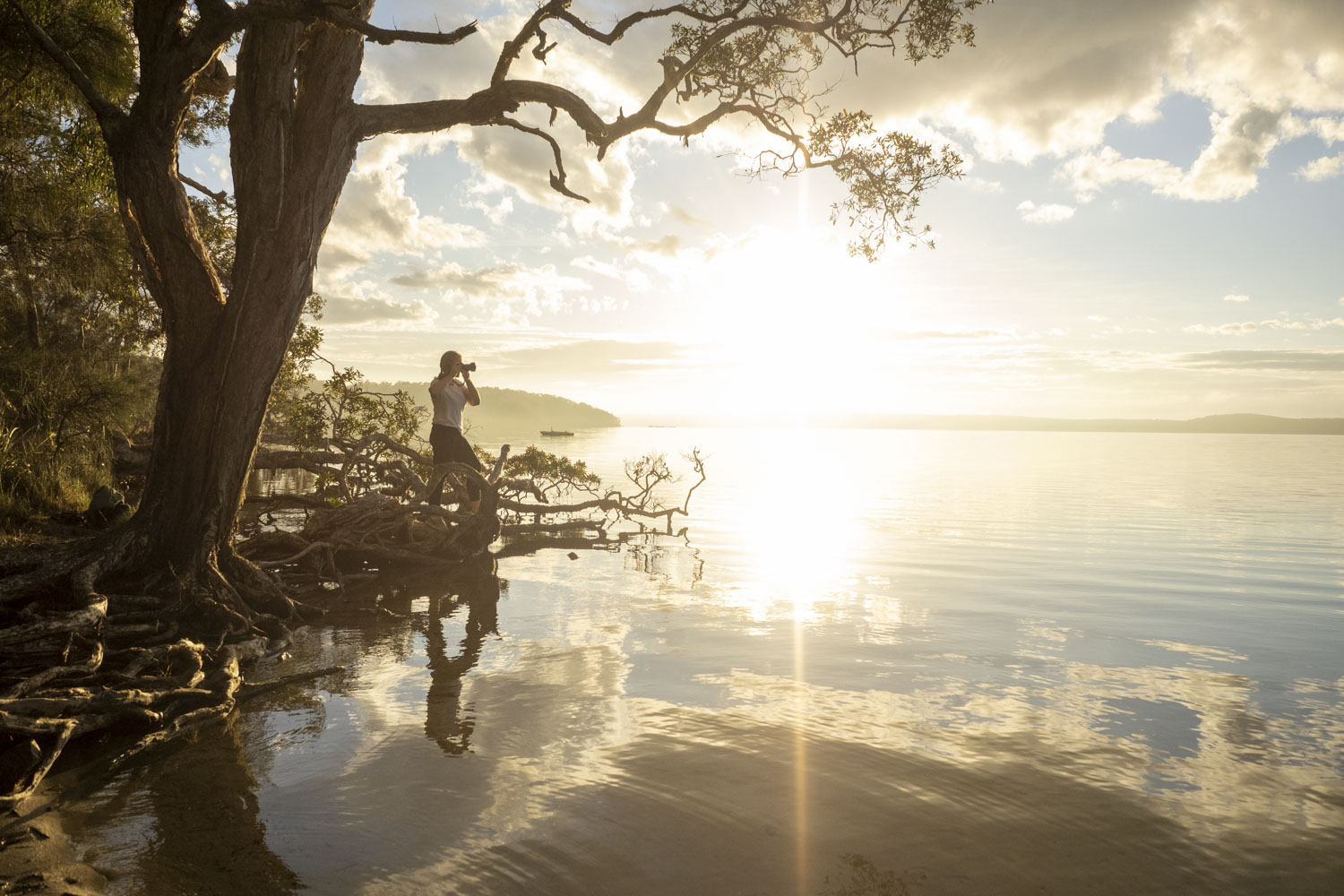
What Is the Golden Hour in Photography?
The golden hour, often hailed as the “magic hour” by photographers, is a brief period shortly after sunrise or before sunset when the sunlight is softer and warmer in hue. This time of day is favoured for its ability to add a magical, ethereal quality to photographs, transforming ordinary scenes into extraordinary ones.
If you’ve ever travelled somewhere to capture landscapes, you’ll no doubt be Googling the best hours for sunrise or sunset. To maximise your opportunities to capture stunning golden hour photographs, it’s always best to arrive one hour before, and leave one hour after the official sunrise or sunset time. This ensures you’ll be treated to changing light, colourful conditions and oodles of photo opportunities!
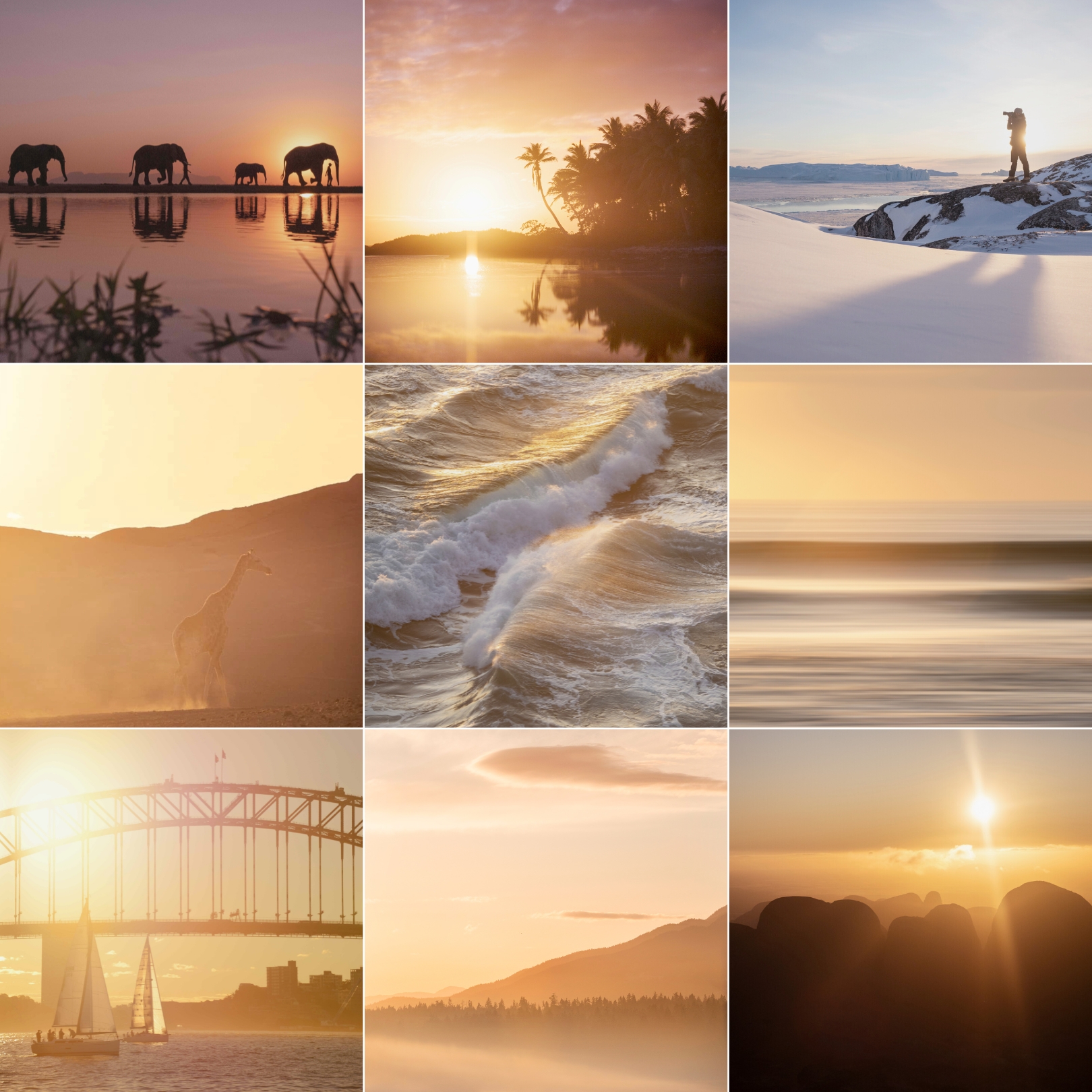
Understanding the Golden Hour
The golden hour occurs when the sun is low on the horizon, casting a diffused light that minimises harsh shadows typically associated with bright midday sunlight, and reduces the contrast between highlights and shadows. The lower angle of the sun also produces a warm, golden tone that adds a pleasing aesthetic to any subject, particularly landscapes. Just like switching on your ‘cloudy’ white balance, but a natural aid!
Finding the Exact Time for Golden Hour
To capture the perfect golden hour photo, knowing when it occurs is crucial. Several online tools and mobile apps, such as Photo Pills and Golden Hour App, can provide precise timings based on your location. Websites like TimeandDate.com or Accuweather/Local weather forecasting sites may also offer sun position calculators that indicate sunrise and sunset times, helping you plan with a little more precision.
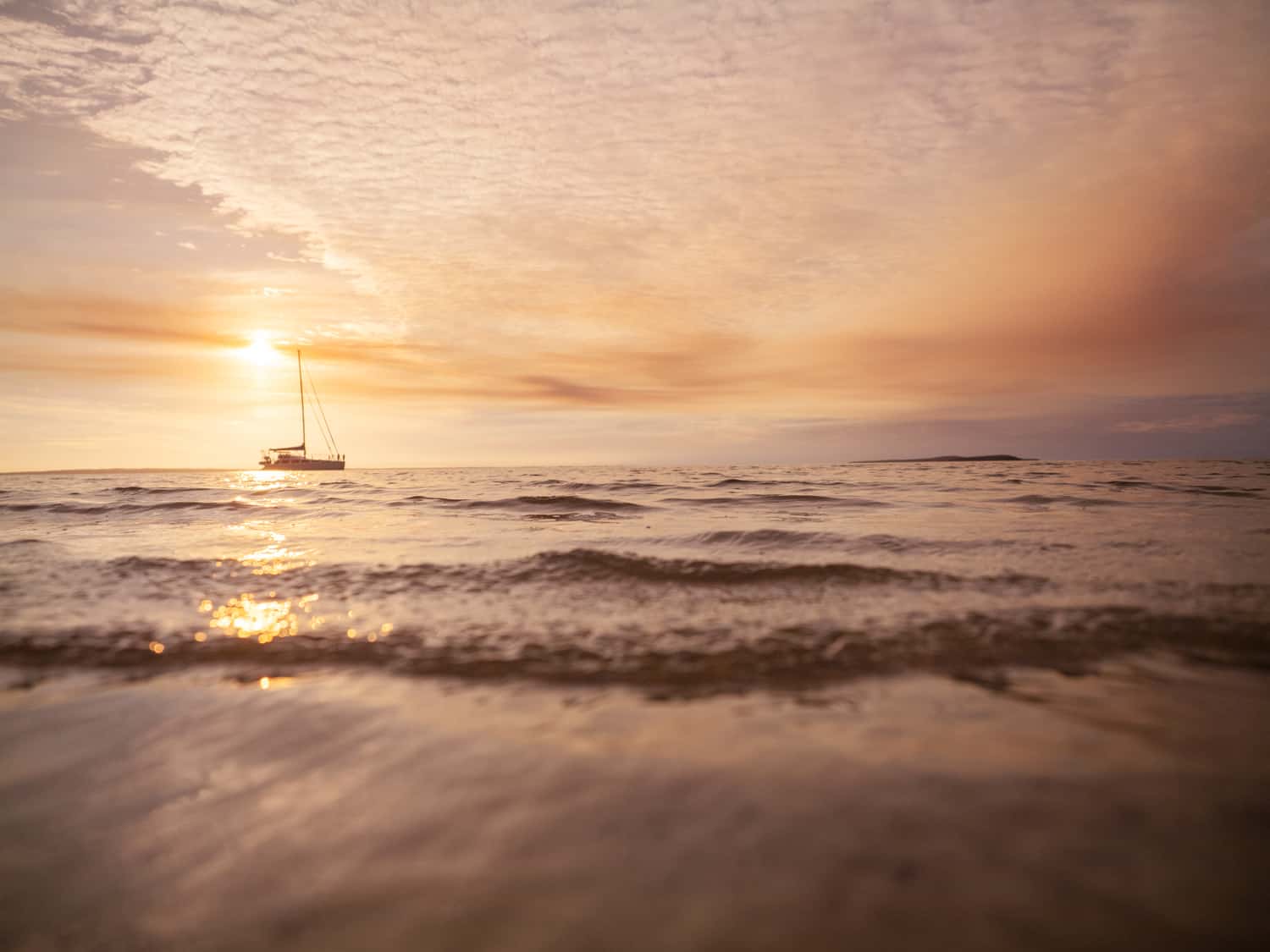
Essentially, golden hour is the brief period shortly after sunrise or before sunset when the sunlight is softer and warmer in hue. It’s glowing goodness.
Why Golden Hour Is Ideal for Landscape Photography
- Soft Light: The diffused light during golden hour reduces the intensity of shadows and highlights, allowing for images with balanced exposures and more detail in both dark and light areas. If you’re a big fan of pastel tones or warm hues in your photographs, it’s the best time to photograph!
- Warm Hues: The golden light adds a warm glow to landscapes, enhancing the natural colours of the scene and creating a more inviting and dramatic image. Think classic sunset photos, you’re aiming to work with the natural light and use it to produce those stunning landscape photos we see luring people to visit places.
- Long Shadows: The low angle of the sun produces longer shadows, which can add depth and dimension to photographs, highlighting textures and shapes within the landscape. To benefit from capturing these shadows, move around with your camera and see which position works best to highlight both the subject, shadow, and light. See image below of a soldier crab on K’Gari Island.
- Enhanced Sky Colors: The interaction between the golden light and atmospheric conditions can lead to vibrant sky colors, with shades of pink, purple, and orange complementing the golden tones. Cross your fingers for scattered clouds, even better if they’re in consistent patterns across the sky, this can lead to a fire sky situation when the entire sky erupts in colour.

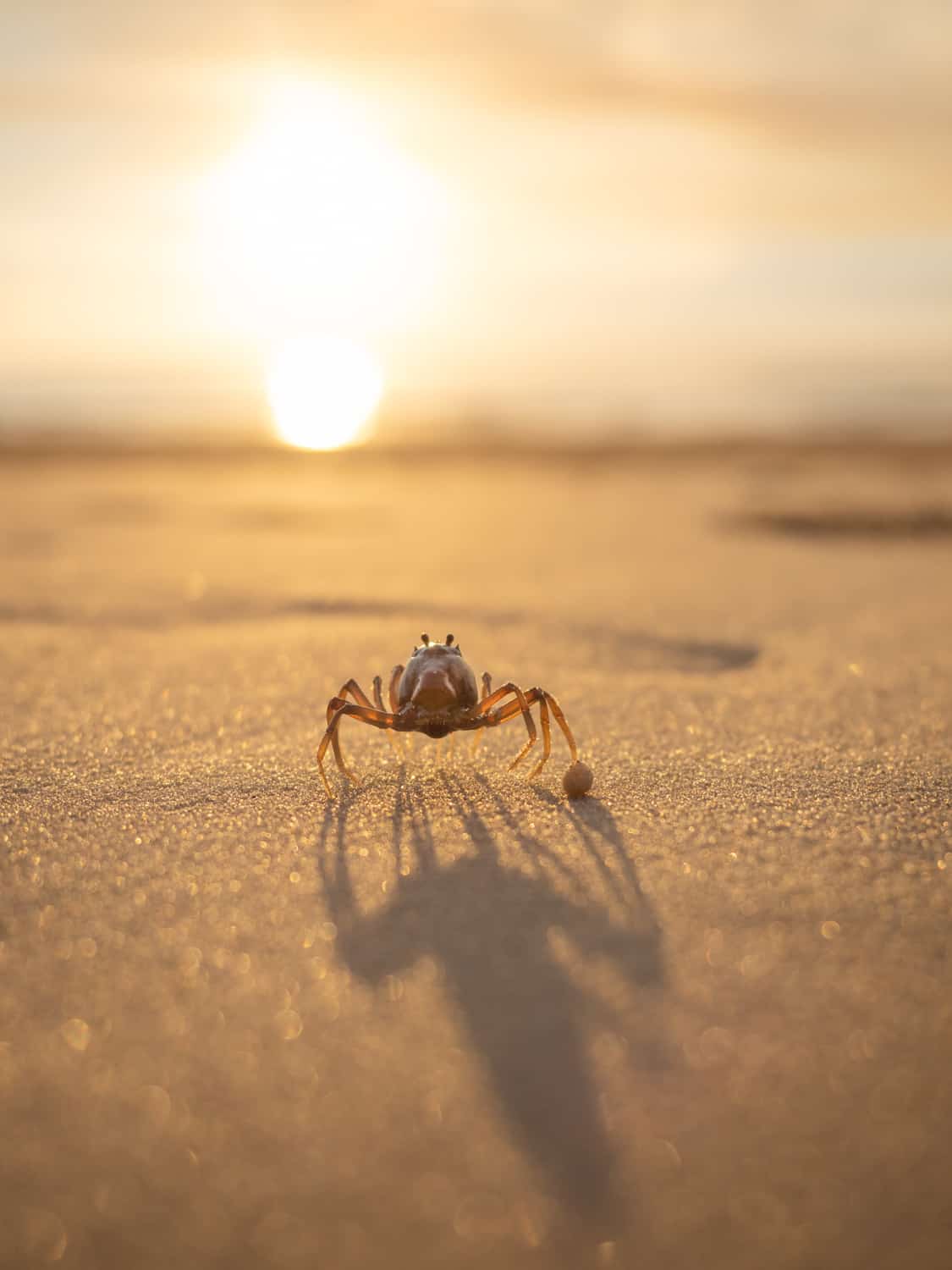
Tips for Maximising Golden Hour Photography Results
- Plan Ahead: Use apps and websites to find out the golden hour times for your location. Scout your location in advance to find the best spots for capturing the sunrise or sunset. Your position is crucial!
- Arrive Early: To make the most of the golden hour, arrive at your location early. This gives you time to set up and capture the entire transition of light before, during, and after the golden hour.
- Adjust your Camera Settings: Adjust your camera settings manually to control the exposure. Lower ISO values, slower shutter speeds, and the use of a tripod can help capture the dynamic range of light during golden hour. If you’re like me and prefer to move around and not be restricted by a tripod, just ensure your images are sharp by doing a few test shots! I use the OM SYSTEM gear which is known for it’s innovative stability, meaning I can photograph without a tripod and still achieve beautifully sharp images.
- Experiment with Composition: Use the natural elements and the direction of the light to guide your composition. Foreground interest, leading lines, and the rule of thirds can all enhance the impact of your golden-hour landscapes. If you tend to struggle with composition, try learning with The Wandering Lens and take part in the self-paced, online ‘Composition Reset Short Course’, which guides you through new techniques, creative ideas and helps to refresh your approach to photography.
- Capture the Transition: Don’t just focus on the peak moments of golden hour. The transition of light before sunrise and after sunset can also produce stunning photographs with unique lighting conditions. I always recommend staying well after the sun as set, because sometimes you get lucky and are treated to those deep pastel colours and late, low light that creates an entirely different impact.
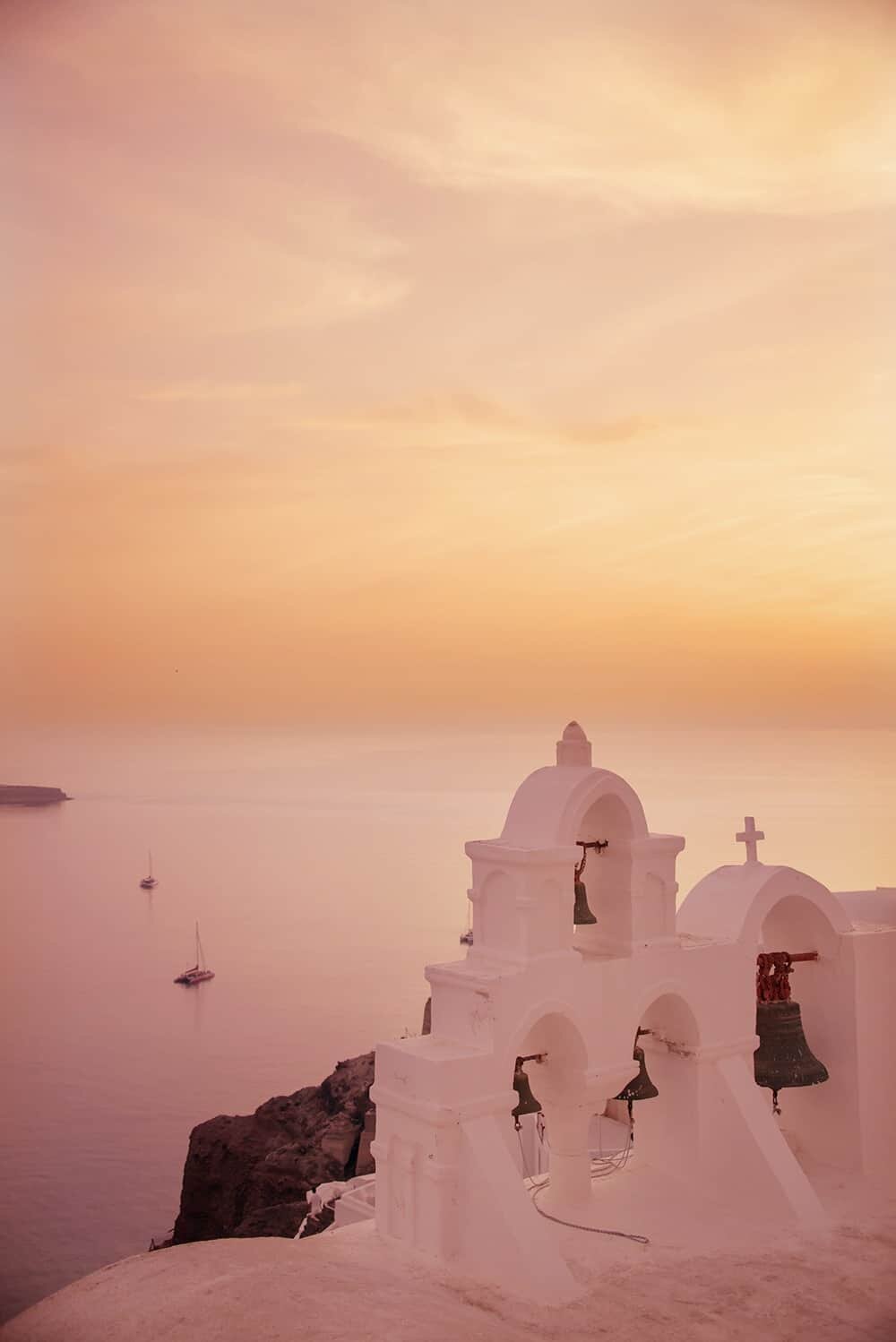
Taken from a small path near the Oia Castle of the ‘Four Bells’.
By understanding how to predict the golden hour and applying creative photography techniques, you can elevate your landscape images from ordinary to extraordinary. As the golden hour paints the world in a warm, inviting glow, it reminds us of the timeless beauty of nature and the endless possibilities of venturing outdoors with our camera…plus it’s a pretty relaxing and calming experience to witness golden hour!
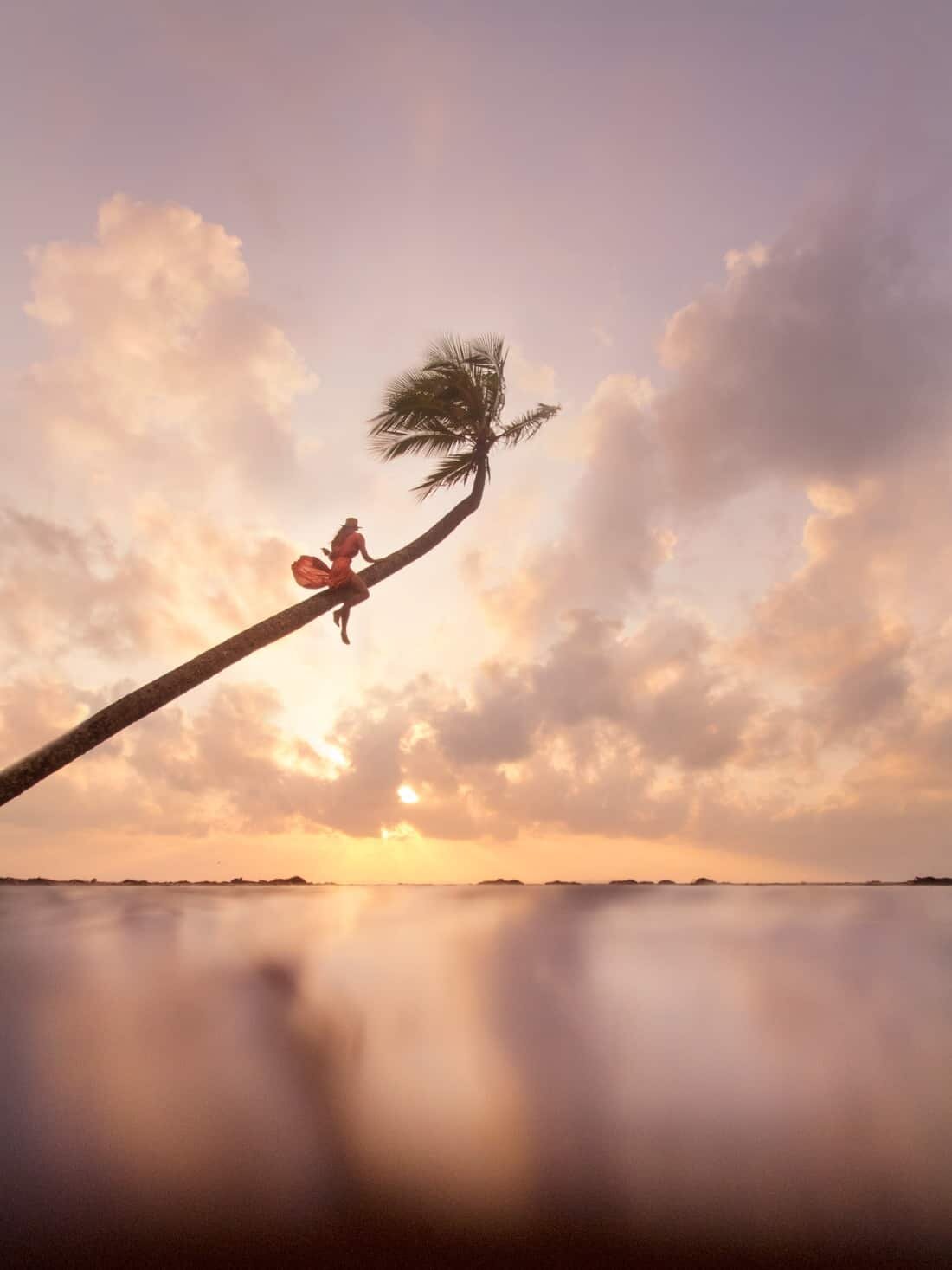
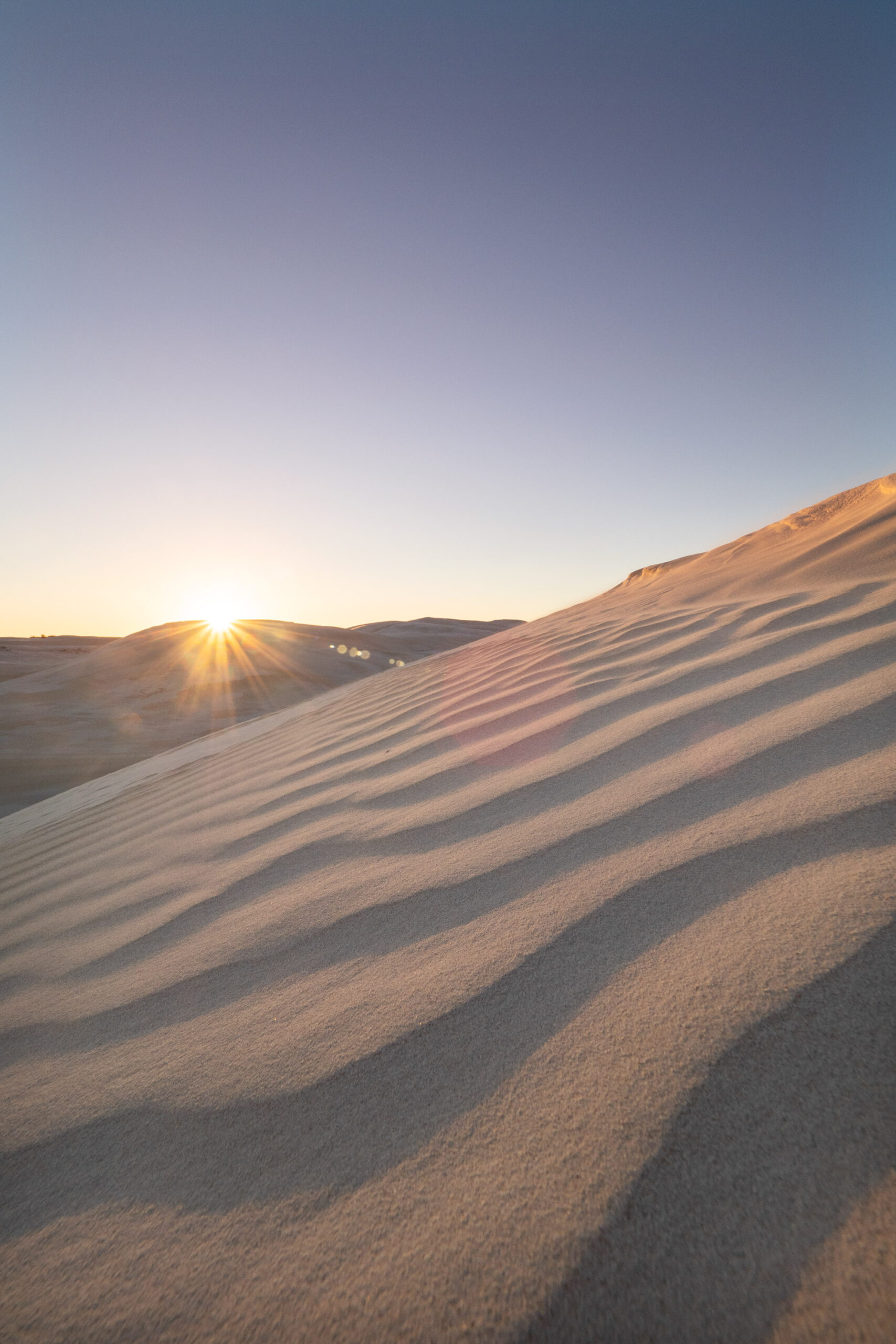
NATURAL LIGHT EBOOK – MASTER WORKING WITH LIGHT IN YOUR PHOTOGRAPHY
Continue learning with The Wandering Lens, this brand new eBook covers working with natural light in photography. If you enjoy landscape and travel photography, it’s essential that you learn how to harness the power of light.
This eBook shares all about the characteristics of light, the types of light, how to shoot in various conditions and more.
-
Master Natural Light and Adapt to All Conditions
-
Learn Astrophotography basics
-
Get comfortable shooting in various types of light
-
Gain knowledge in colour palettes and lighting environments outdoors
-
Challenge yourself to capture creatively using light
Keep reading with these related articles:
How to Photograph Landscapes at Sunrise
Weather Forecasting for Landscape Photographers
Setting the Scene: Camera Settings for Sunrise
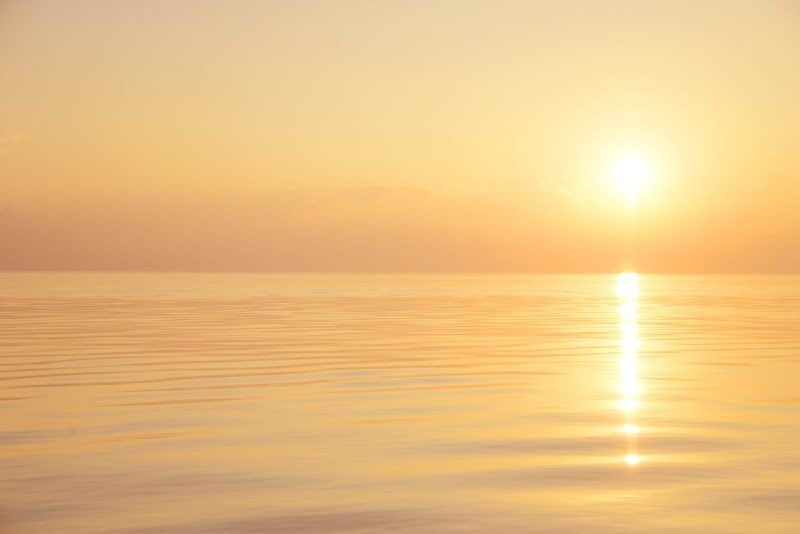
Travel and landscape photographer from Australia who is far more comfortable in a pair of flippers than heels! Having worked for publications such as Lonely Planet, Wanderlust and the Sunday Times, Lisa founded The Wandering Lens to share destination guides to the worlds most photogenic places and outdoor experiences.

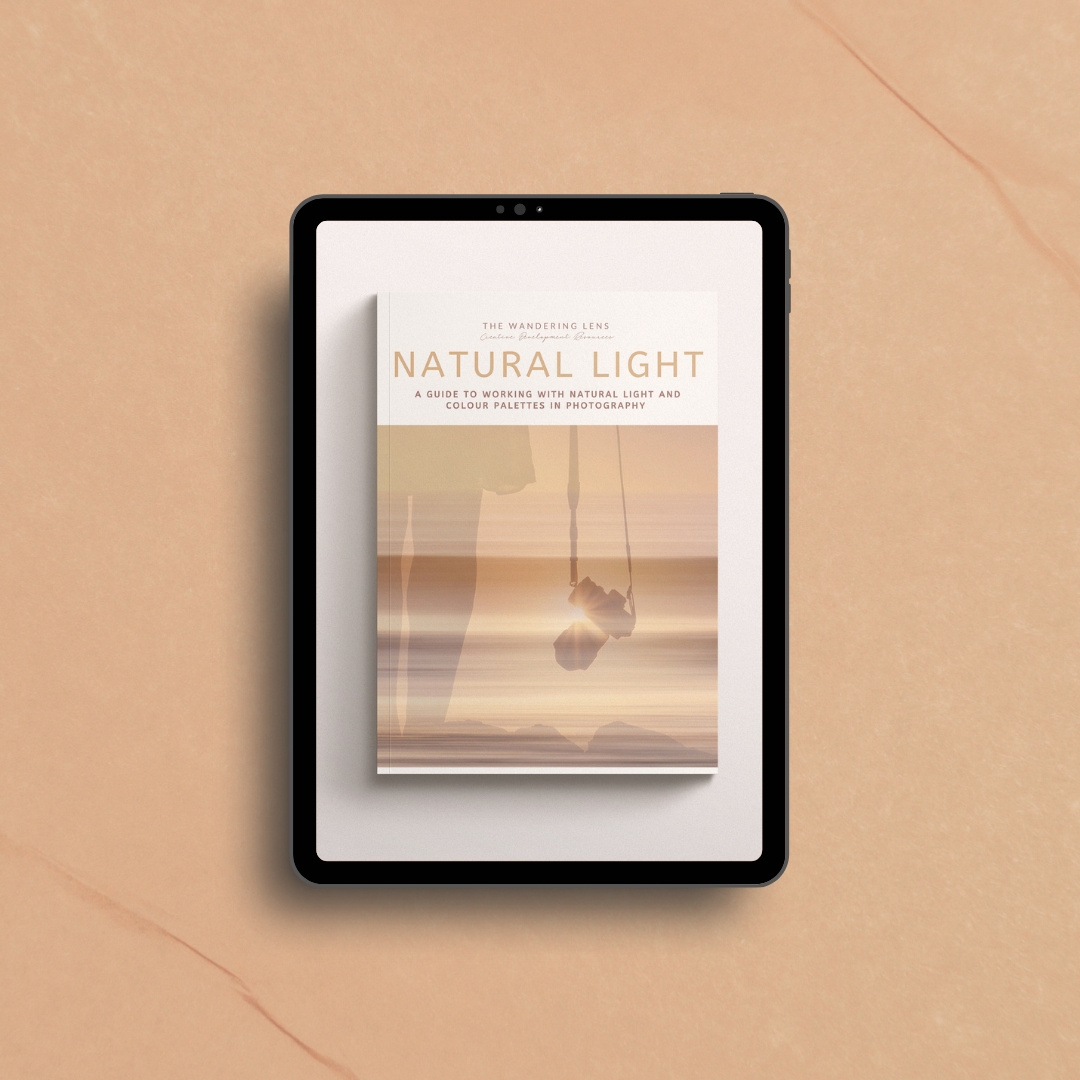
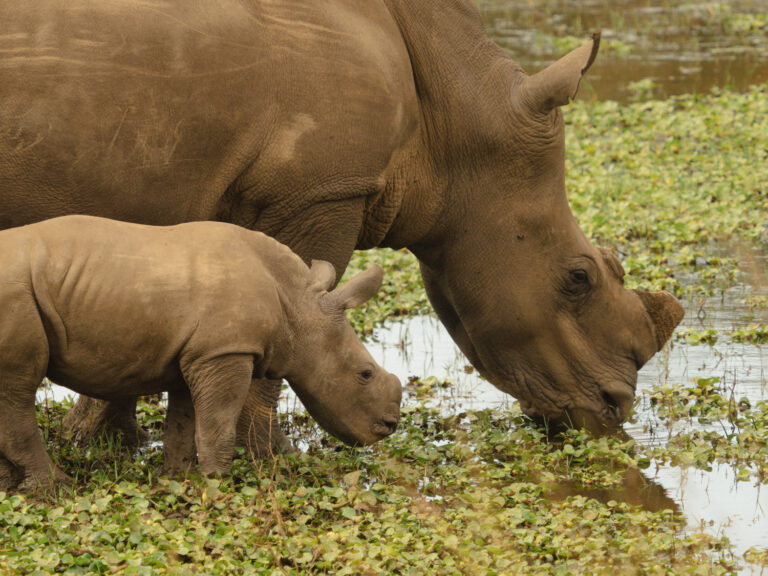
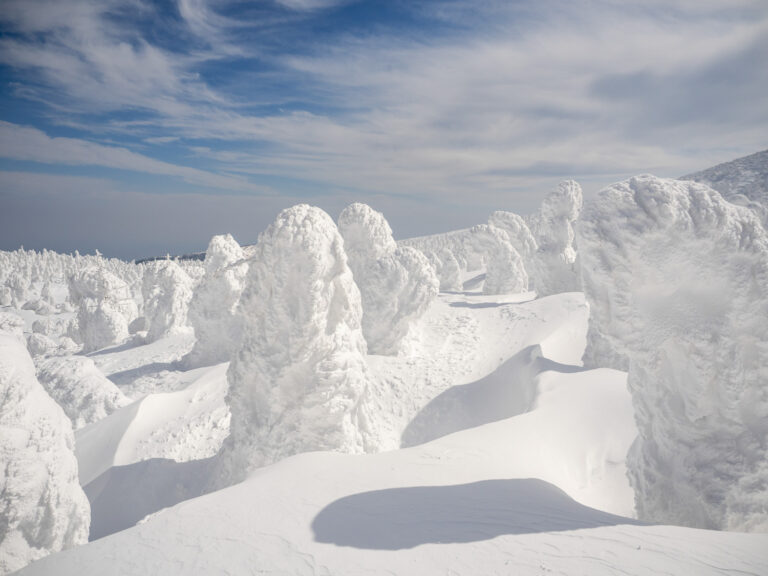
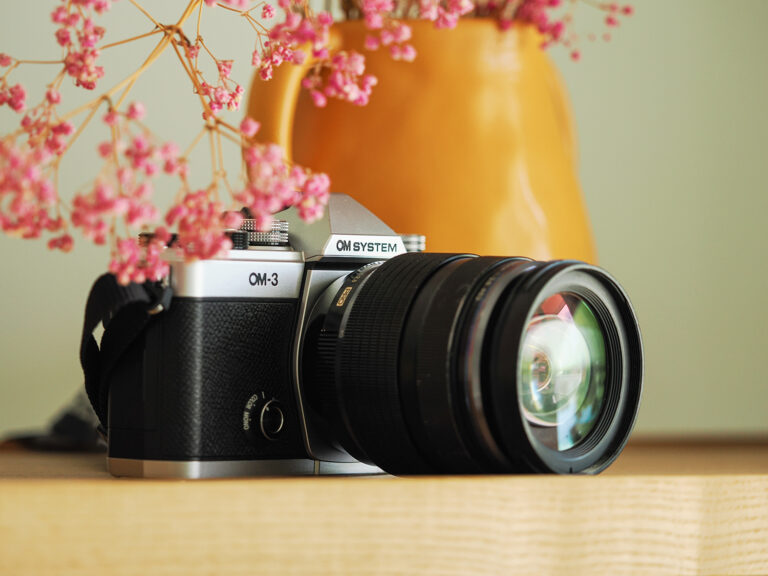
Leave a Comment